A Week in Hoi An
The small city of Hoi An, just south of Danang, was once Vietnam’s principal port of trade, and one of the most important in all Asia. Those days are long past, but the town’s rich history is kept alive in the ancient quarter. Houses, communal halls, temples and bridges have remained in miraculous condition, and today, Hoi An is regularly hailed as the most beautiful city in Vietnam. We’d be spending a week here.

Hoi An is beautiful, there’s no doubt. Between the 15th and 19th centuries, this was a major port of call for Chinese and Japanese traders, many of whom established a permanent presence in town. Wealthy merchants erected mansions along the river, while expatriated communities built temples and gathering halls. The town’s famous Japanese Covered Bridge, built in the 16th century, historically separated the Chinese from the Japanese communities.

With the arrival of the French, who had gained exclusive trading rights in the nearby city of Danang, Hoi An lost its prestige. But this was a blessing in disguise. Unimportant and of zero strategic value, the city was spared the devastation of the Indochina and American Wars. As a result, the Old Town still looks much as it did in the 19th century.
Today, Hoi An is well aware that it’s something special, and has made commendable efforts to beautify itself even further. Motorized vehicles are forbidden in the Old Town, and businesses are required to hang lanterns, illuminating the streets in a gorgeous soft light after dark. The houses are kept in excellent condition, and there’s almost no litter to be found; a refreshing change of pace for Vietnam.
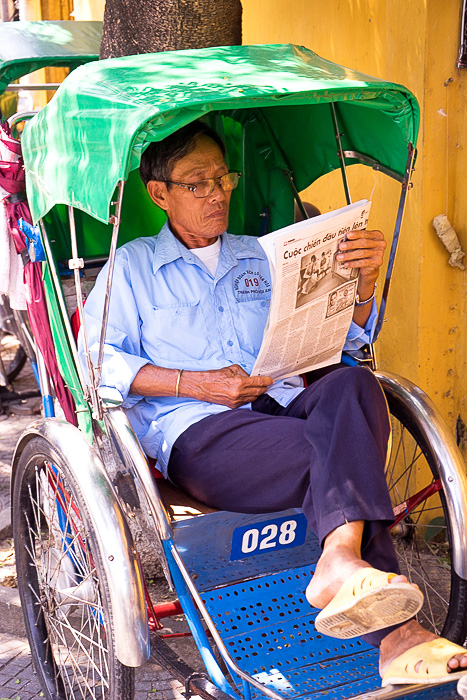
Sounds like a dream, doesn’t it? Unfortunately, not everything is so wonderful. Hoi An is no “hidden gem”, and the number of tourists clogging the Old Town is truly astounding. The crowds are amplified by the city’s small size, of course, but Hoi An can start to feel like a theme park, with all the associated annoyances. Try walking a block without being accosted by a sunglasses salesman, or a tour operator, or a lady selling cakes, or a cyclo driver.
Over the course of the week we spent there, we developed a love-hate relationship with Hoi An. In the morning, before the arrival of tourist buses, the streets would be relatively empty and really lovely. Everything was calm, the temples and historic houses were quiet, the market was bustling with a good energy, and we could appreciate the town’s many charms. But as the afternoon rolled in, Hoi An changed completely. Still pretty, but nearly impossible to properly enjoy.
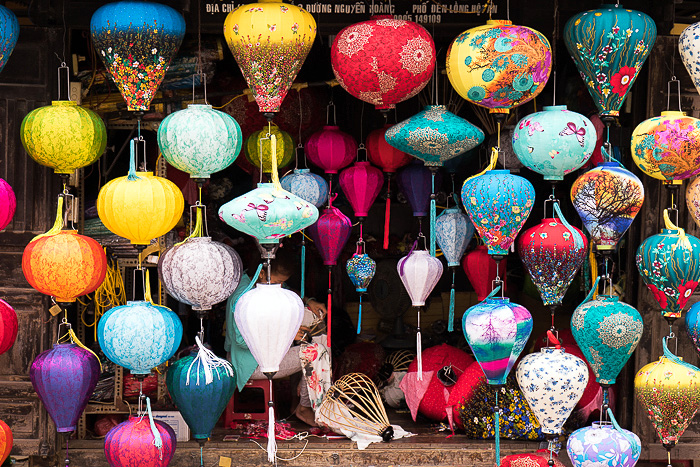
And Then There’s the Ticket Scheme…
It’s not merely the crowds which annoy. Hoi An also employs a city-wide “ticket scheme” of mind-boggling stupidity. Here’s how it works: a six-dollar ticket allows you to enter five of the city’s many historic sites. If you want to visit more than five, you have to buy multiple tickets. Since most people will stick to a single ticket, they’re forced to pick and choose what they’d like to see.
The worst part is that, technically, you’re not allowed to even walk on the streets without a ticket. This is, of course, poorly monitored and there are only a couple intersections where they actually check. But beware! When the ticket checkers do appear, they are the worst.
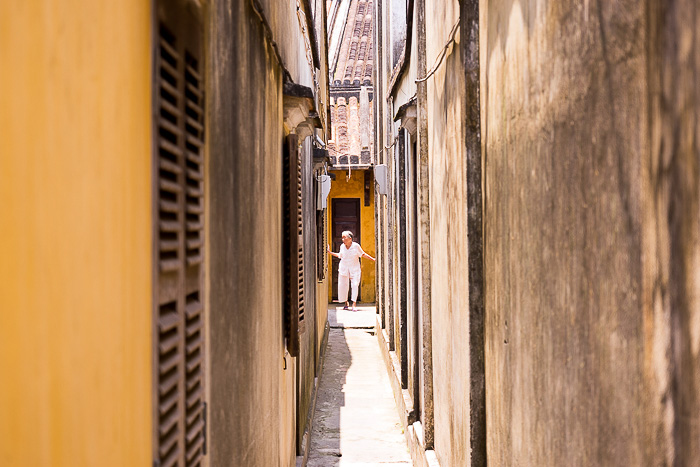
Because we were staying so long, we had bought multiple tickets. But one night, we wanted to go to a bar in the Old Town, and forgot to grab our tickets on the way out. The woman guarding the “entrance” refused to let us pass, even as she let dozens of Vietnamese people walk by without a glance. We tried to explain, and she said we’d have to buy another ticket, or return to our hotel.
As we walked away, I remembered that I had stashed a couple of the tickets in my backpack. We returned, and she accused us of lying, saying that we must have found the tickets in the trash. We tried to walk past her, and she physically shoved Jürgen backwards. At this point, it turned serious. Sensing that Jürgen was about to erupt in a glorious German rage, I started yelling that she should call the cops. “Call them! Arrest us!” After all, we did have our tickets! It caused a major scene, and after losing enough face, she let us pass, shouting at our backs that we were “bad people”.
Welcome to Hoi An! So lovely to receive such a friendly welcome! On the off chance that any of the city’s elders are reading this, let me float an idea which will fix all your problems: scrap your stupid ticket scheme. Institute a small “hotel” tax. Allow people to walk around the city, and have the various sights charge a nominal entrance fee. $1 should do. You’ll make (a lot) more money, visitors will be able to see more, and you won’t need abusive ticket-checkers yelling at tourists.
–We loved staying at the Golden Horse Villa in Hoi An
Location on our Map: Covered Japanese Bridge
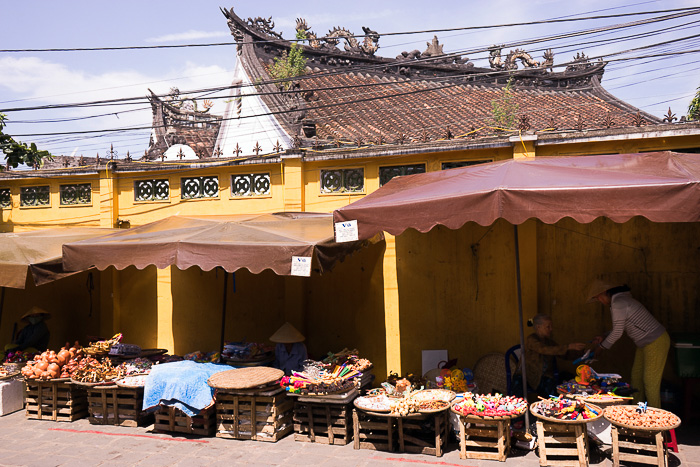
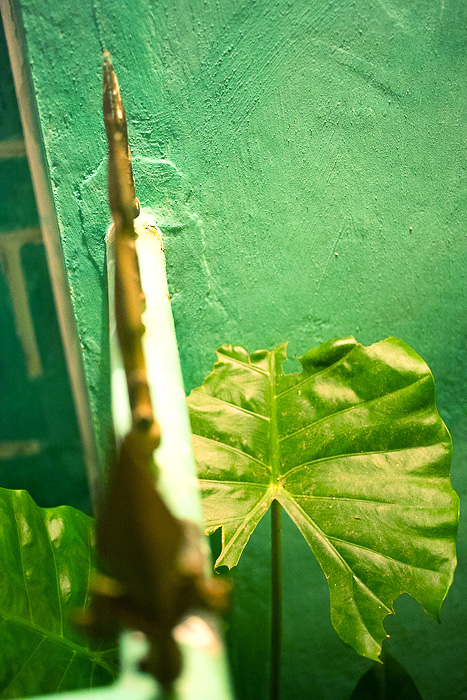

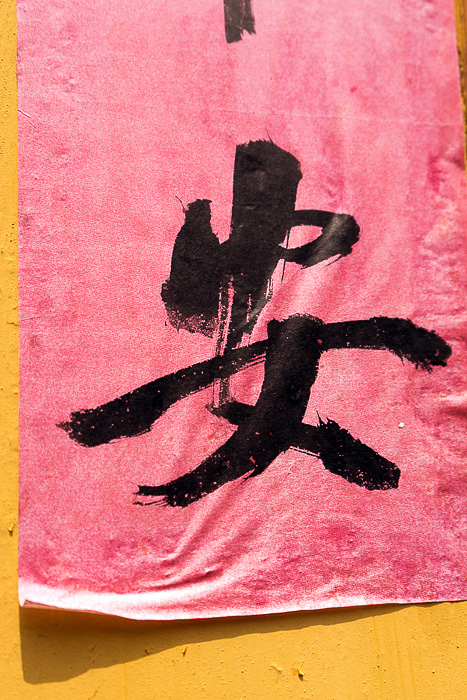
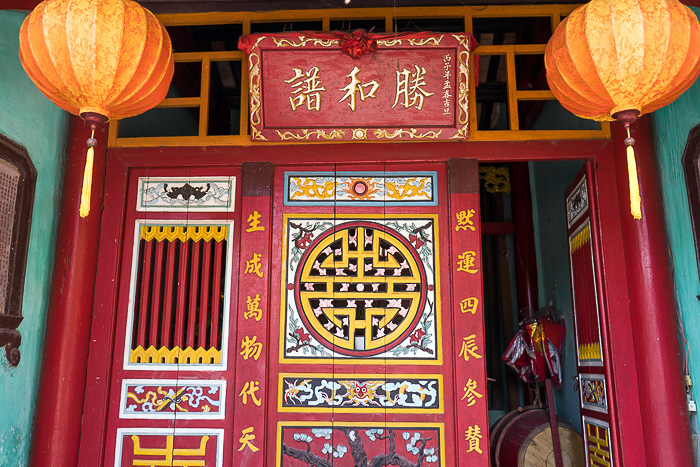
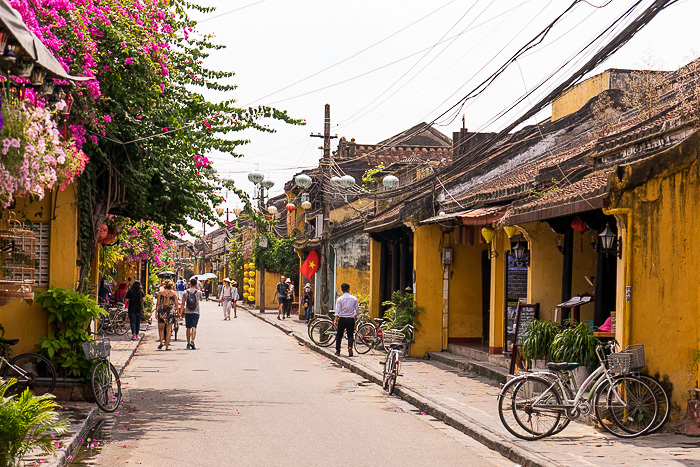
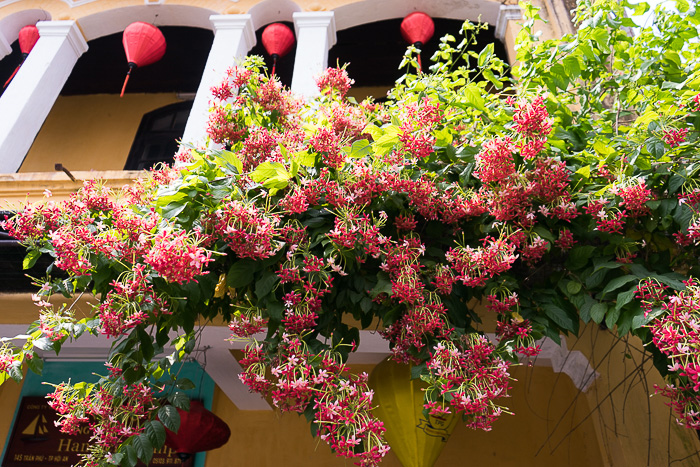
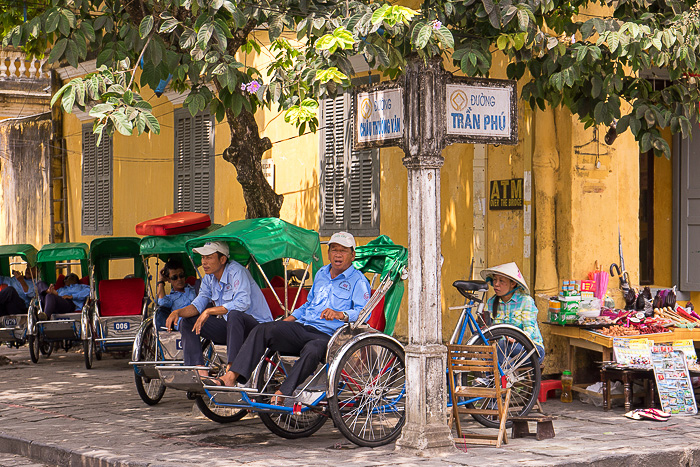





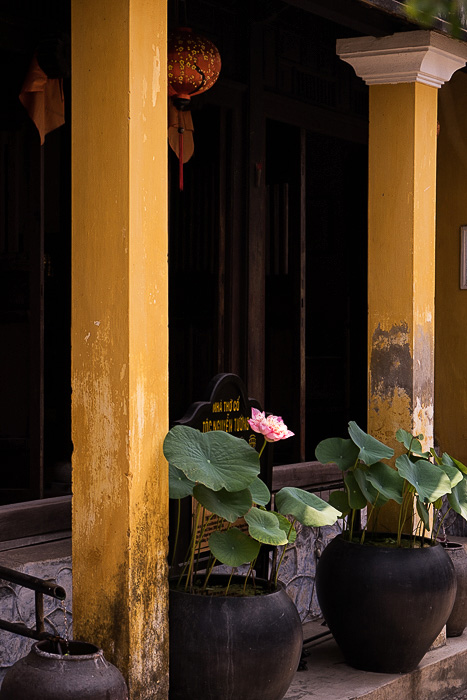
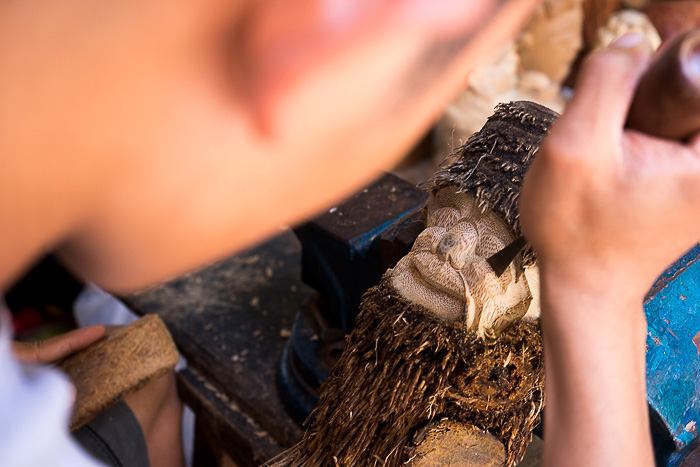

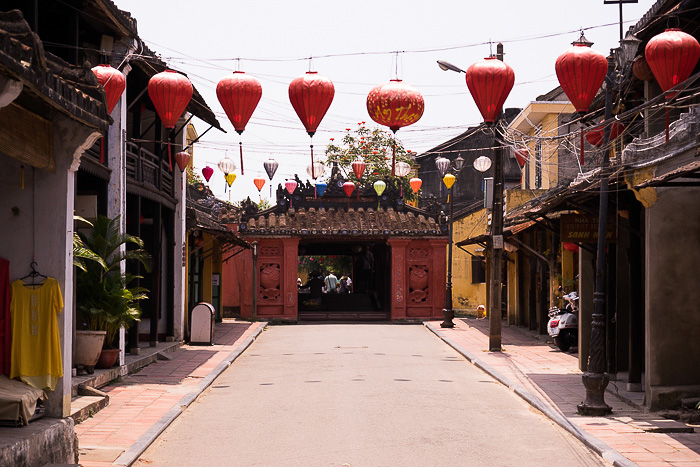
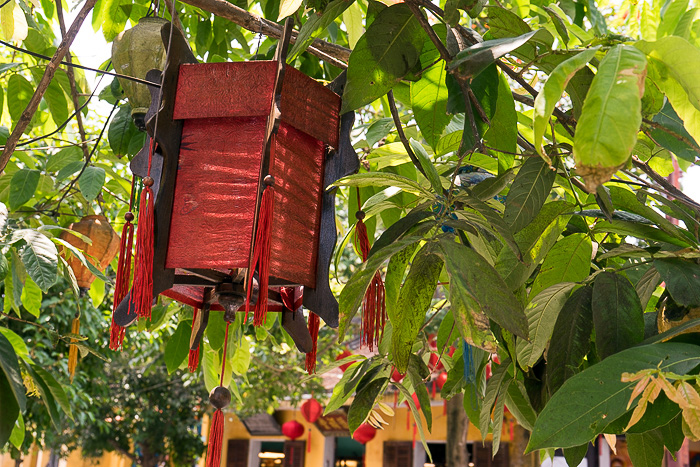
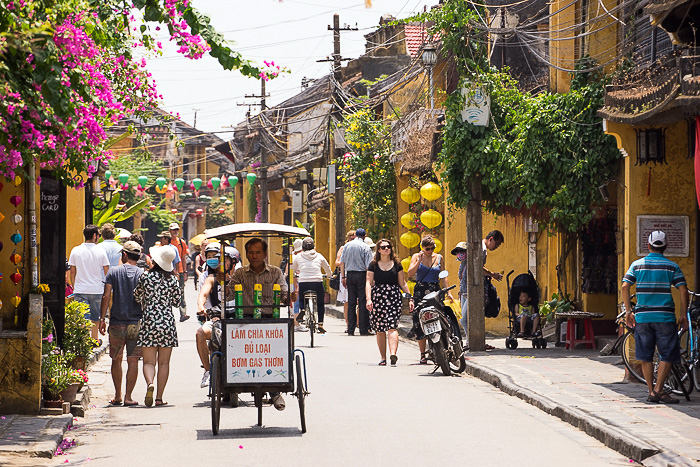

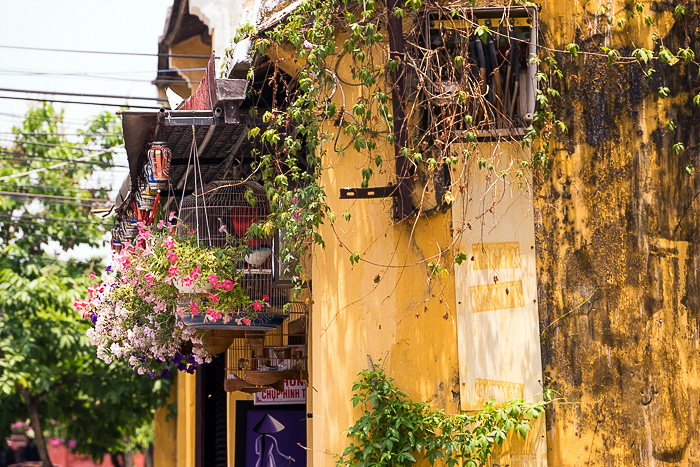

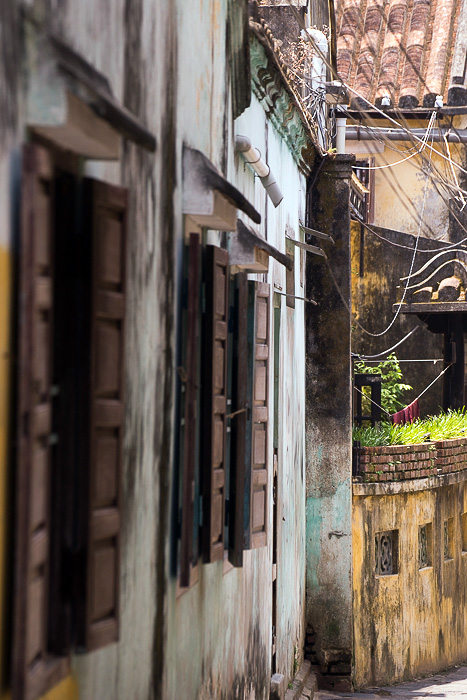

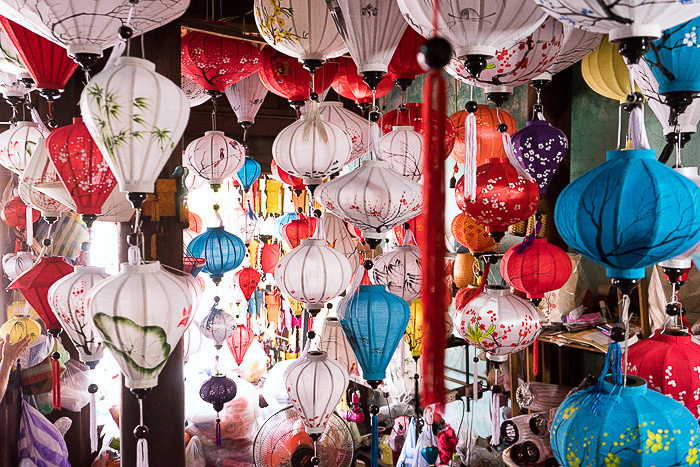



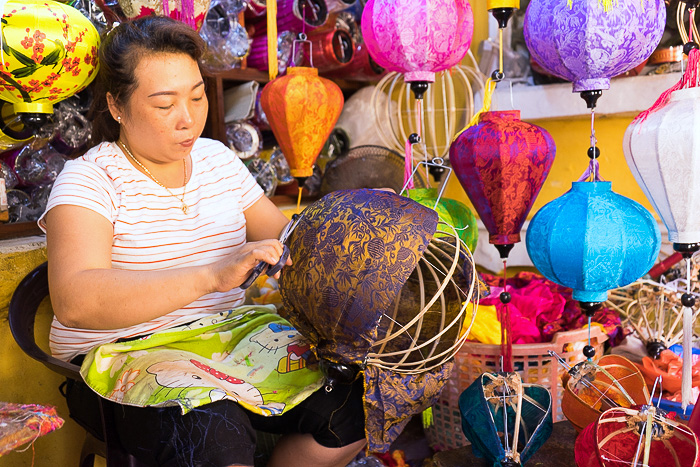
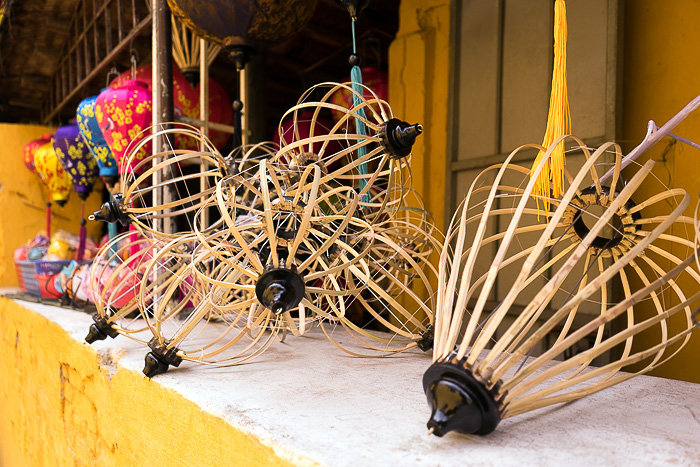
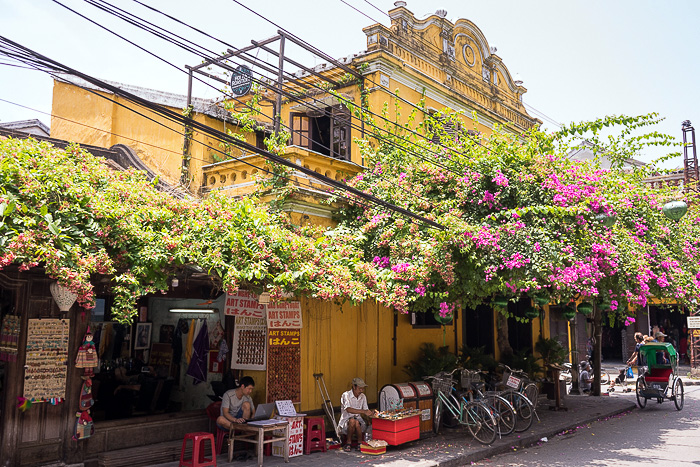
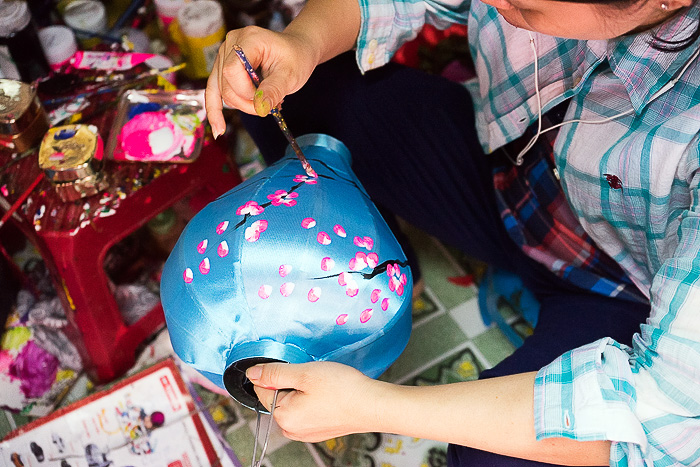


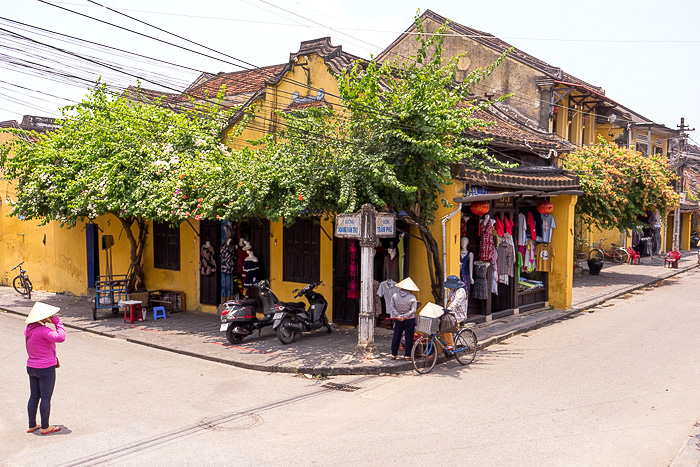
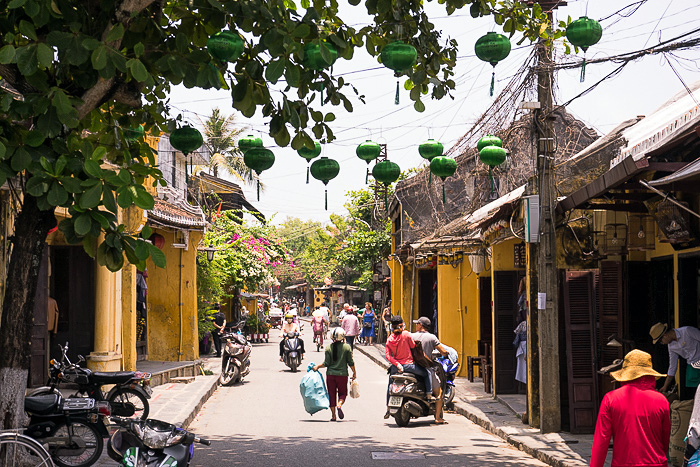




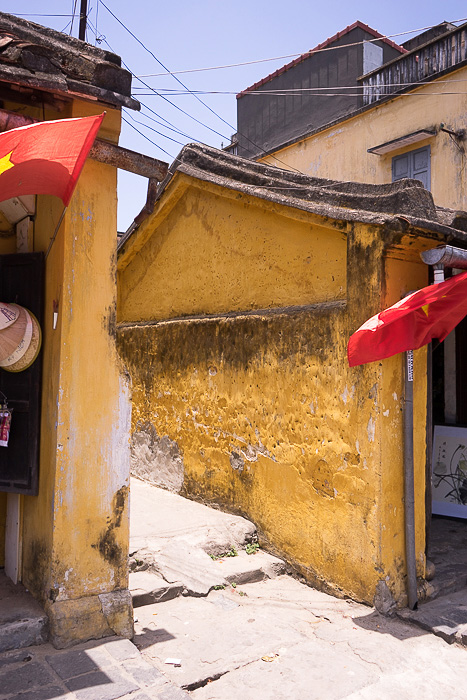
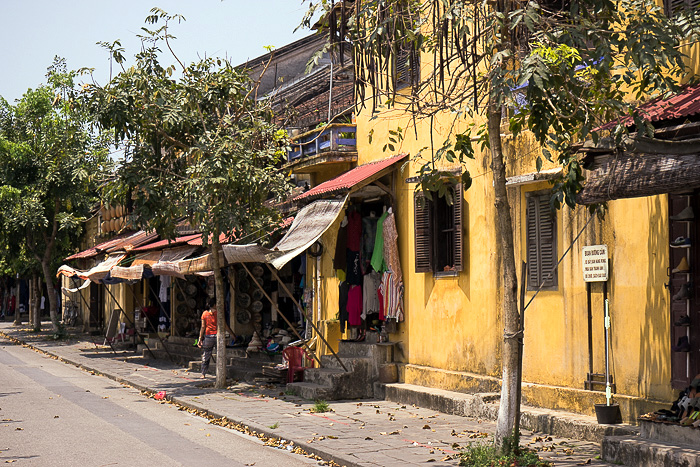
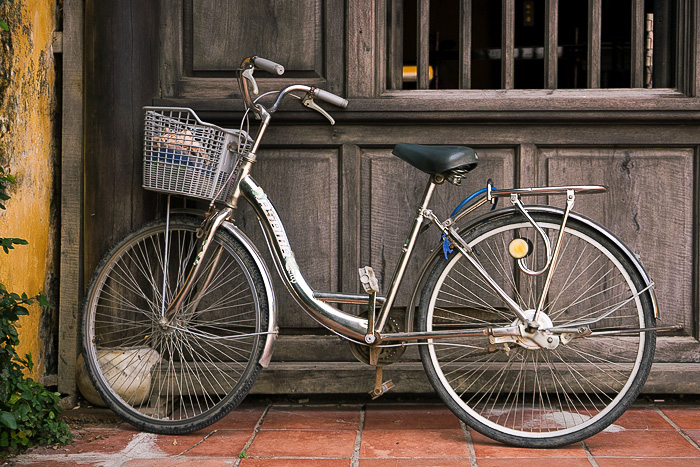
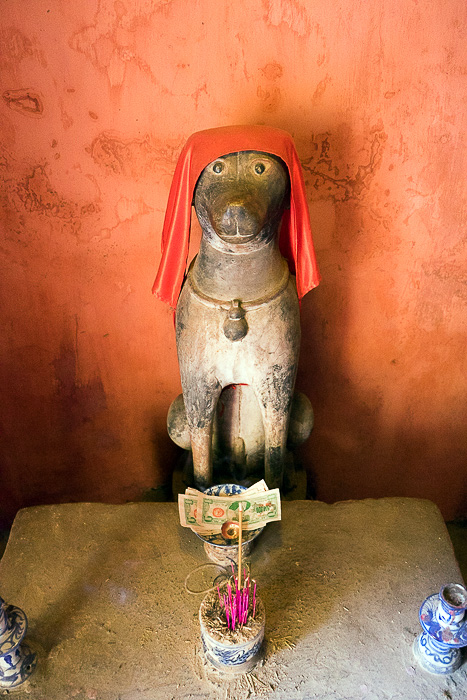
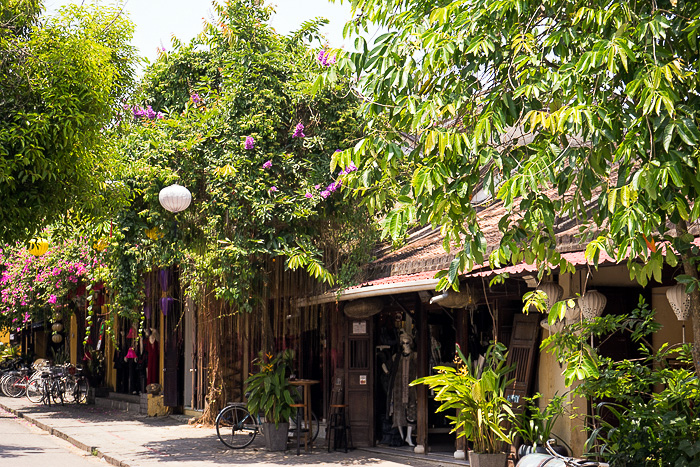
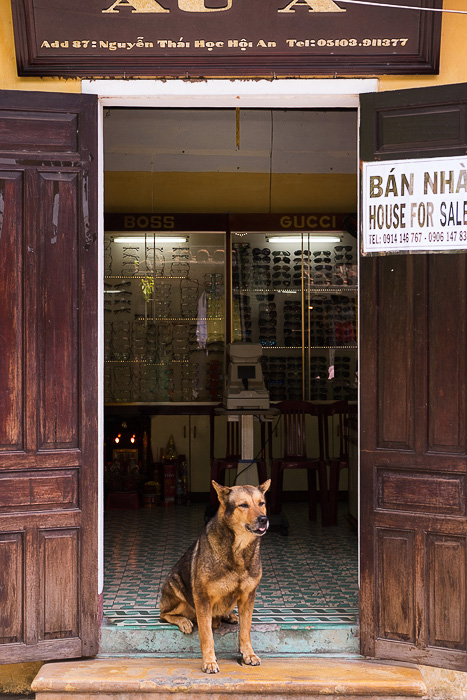

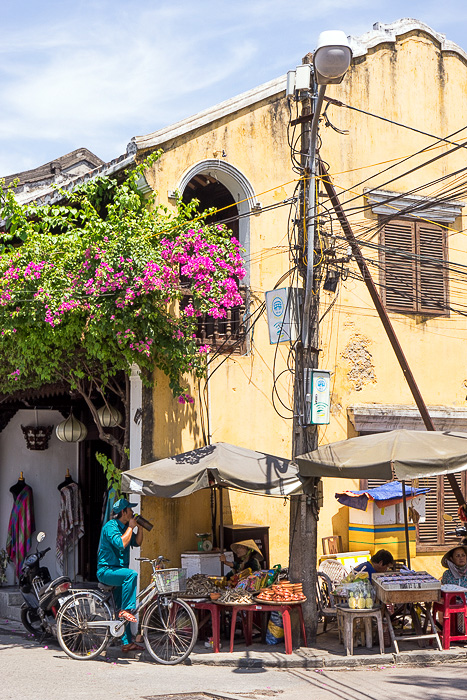
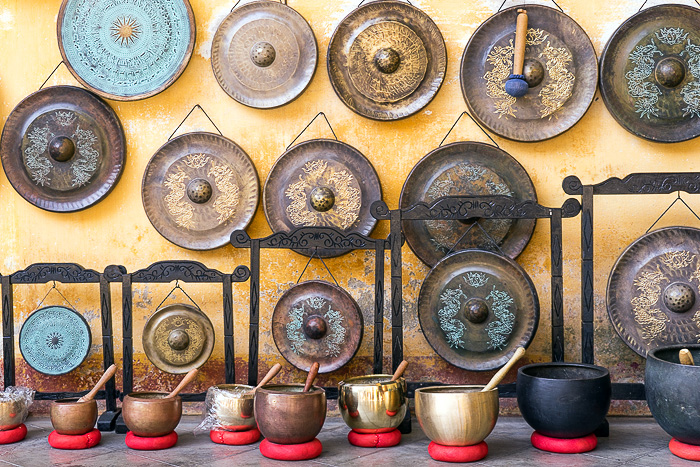
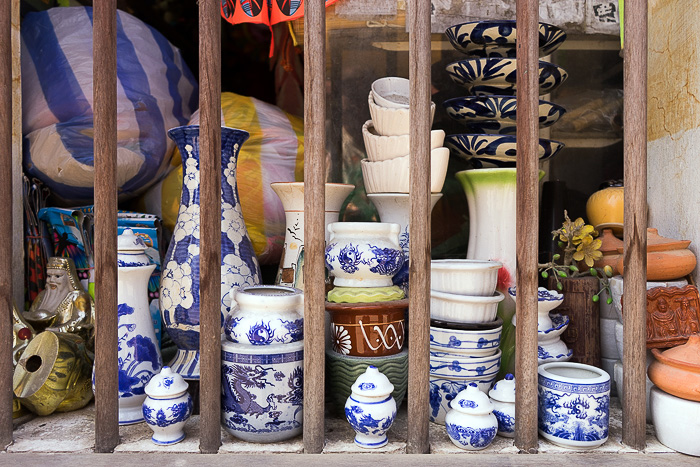
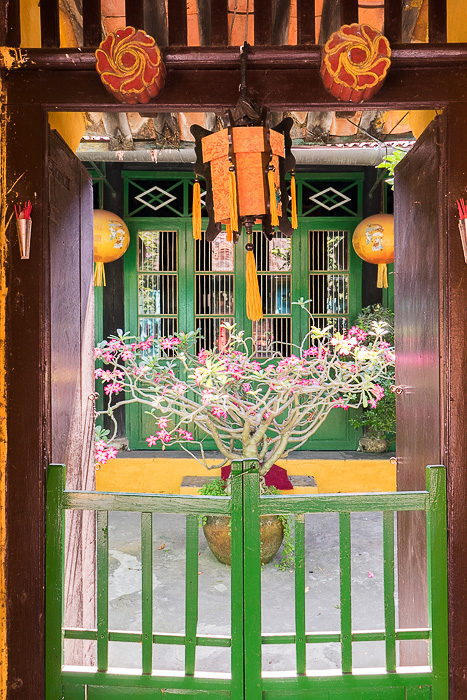

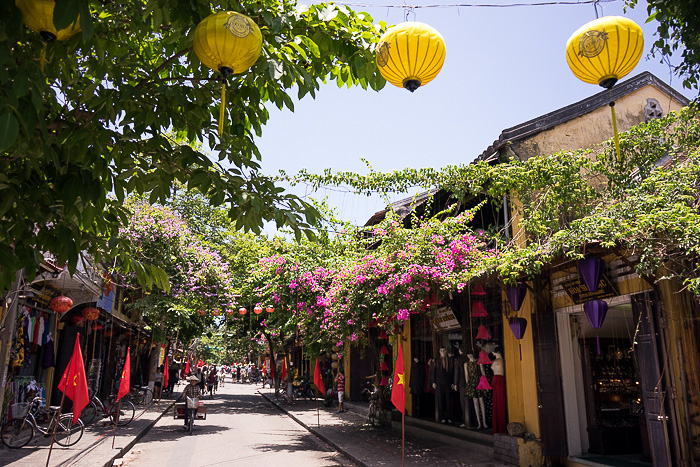
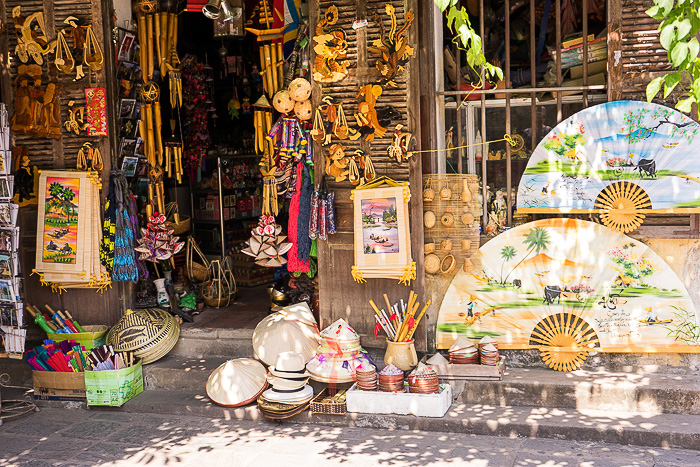
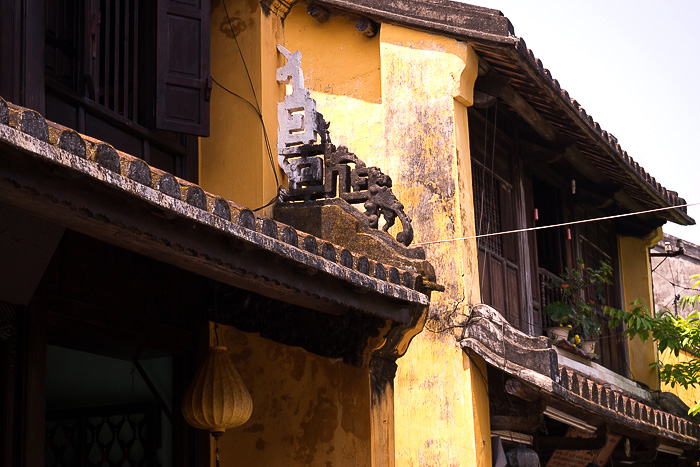

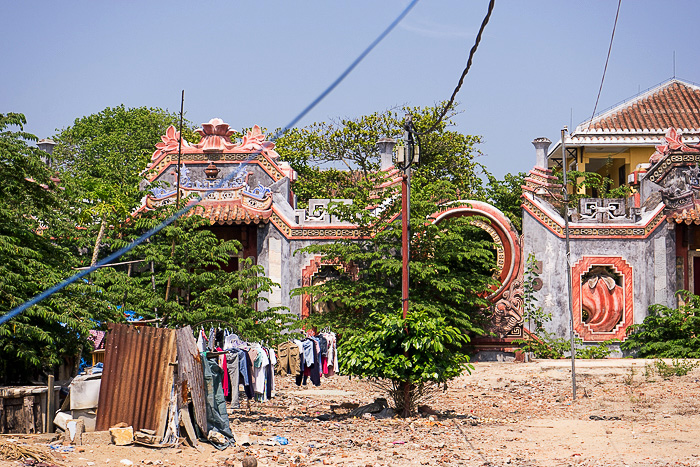
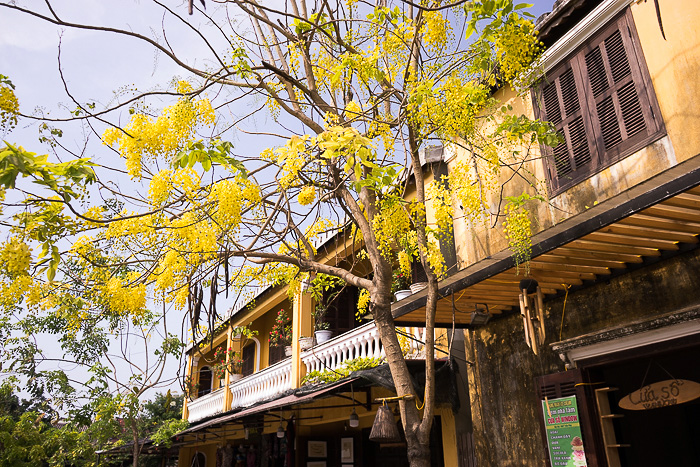






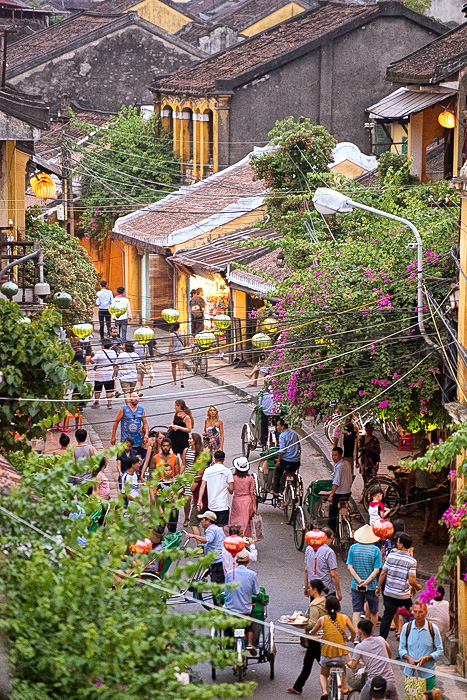

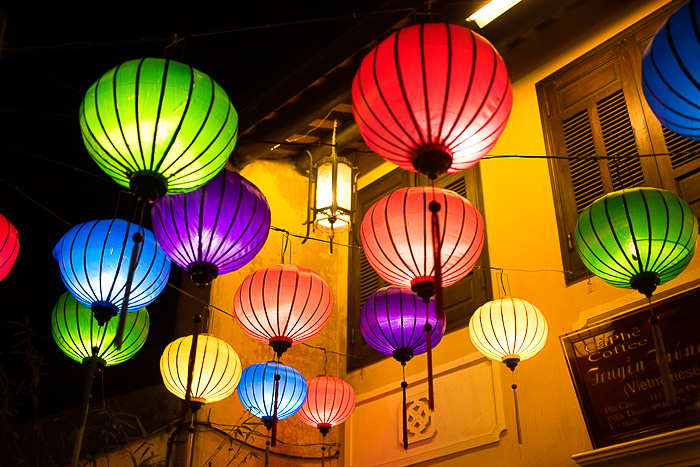
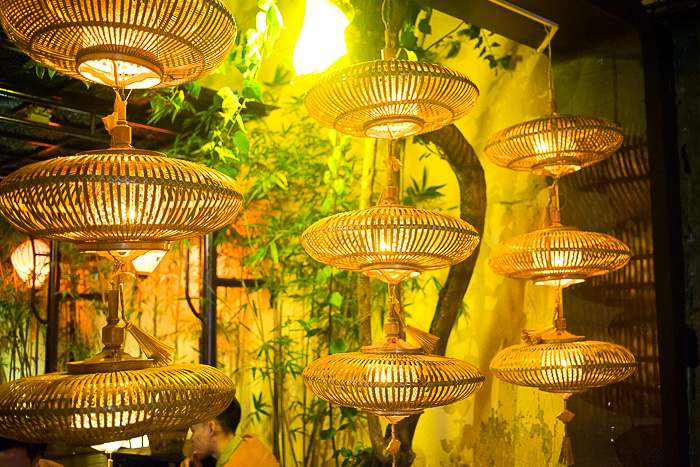



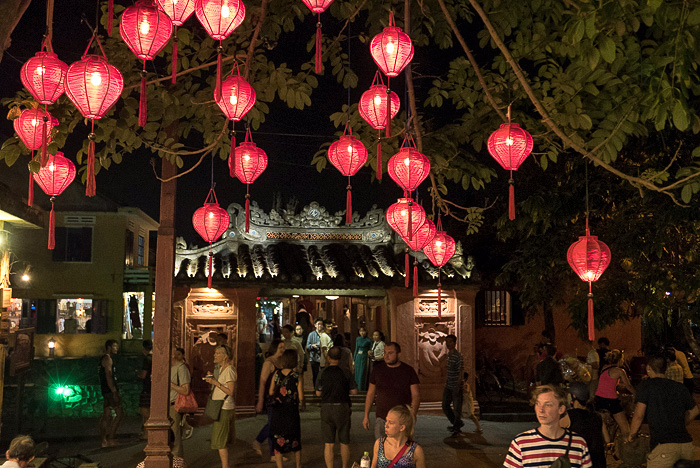
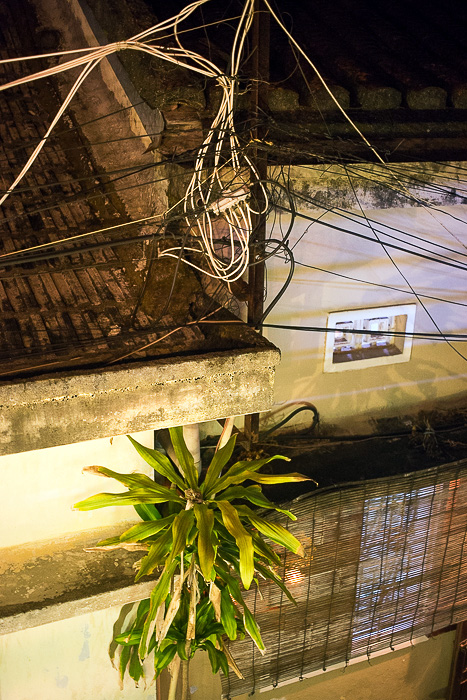
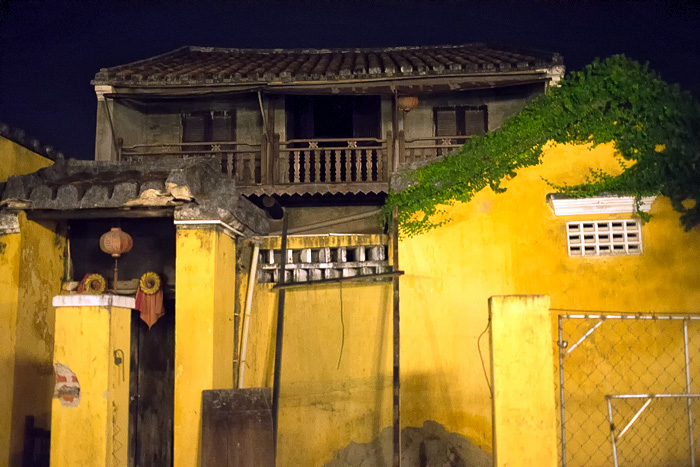
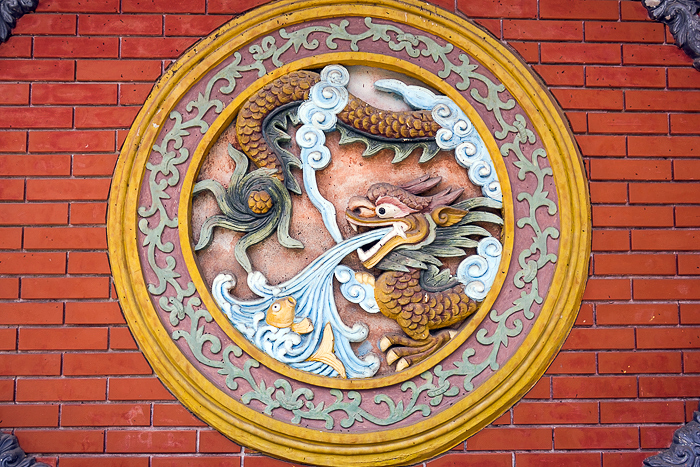

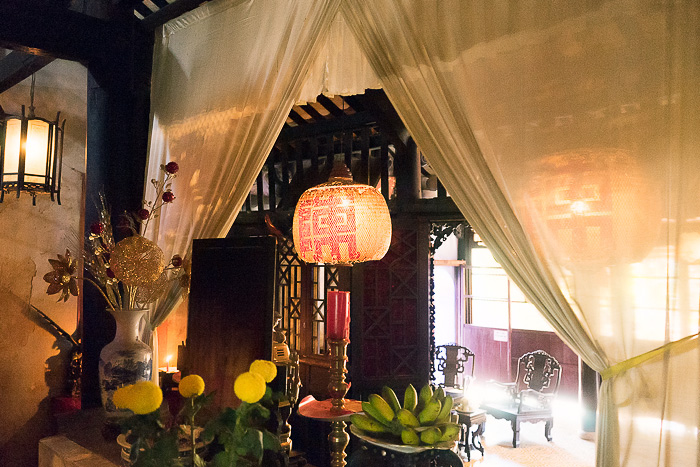

Pingback: The Chinese Assembly Halls of Hoi An | Hanoi For 91 Days
Pingback: Hoi An's Ancient Houses - Beautiful Old Architecture in Hoi An
Pingback: Six Special Dishes from Hoi An | Hanoi For 91 Days
Pingback: Welcome to Hanoi | Hanoi For 91 Days Travel Blog
http://hoian-tourism.com/local-guide/hot-news/entrance-ticket-in-hoi-an-ancient-town
Look , we need to buy ONLY ONE tkt per stay
Not if you’d like to visit more than 5 of their 21 sites.
“With each ticket, domestic visitors are able to choose 3 places to visit and 5 places for international visitors among 21 sightseeing places.” (From the link you shared.)
We do state this in the post.